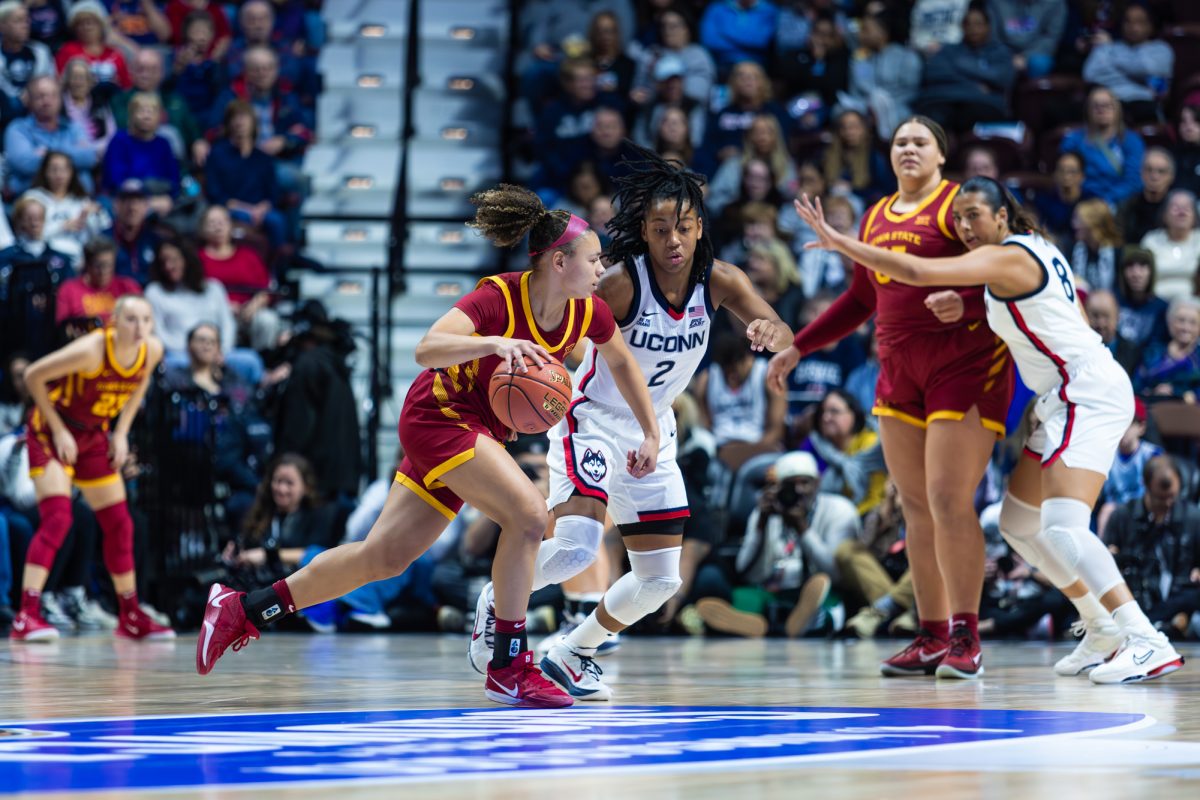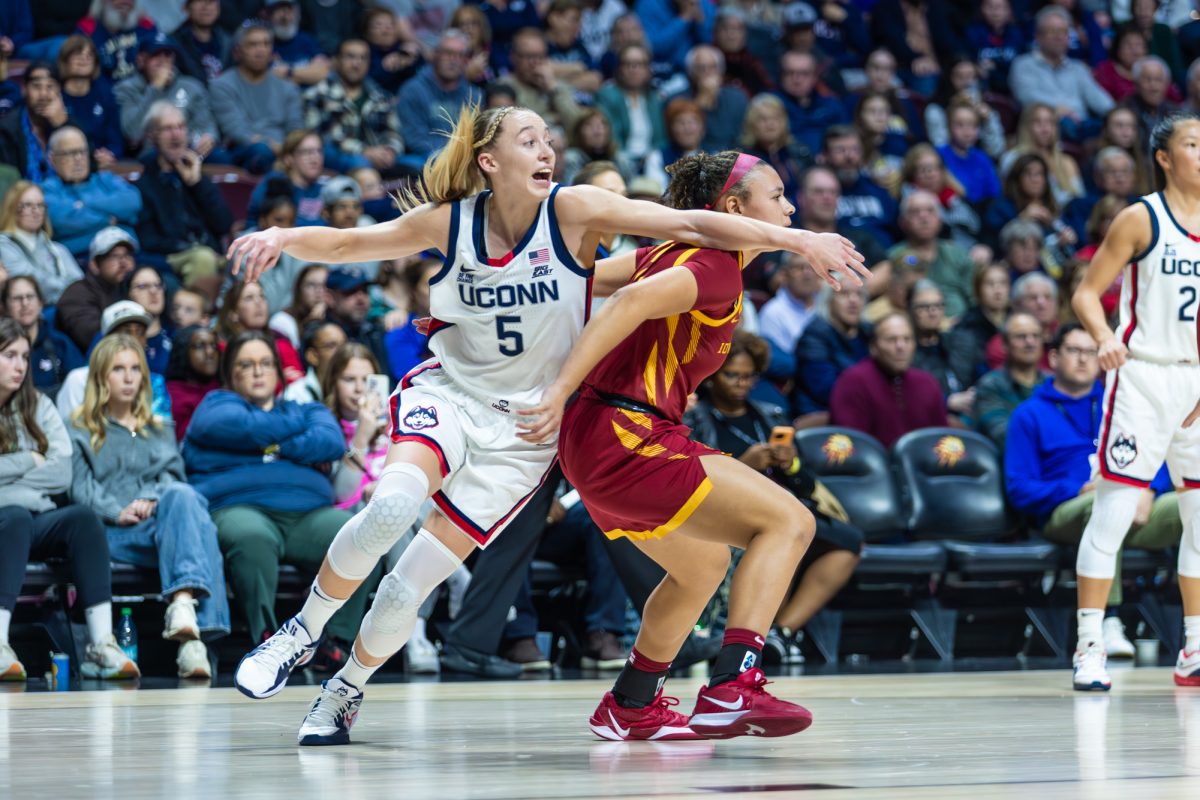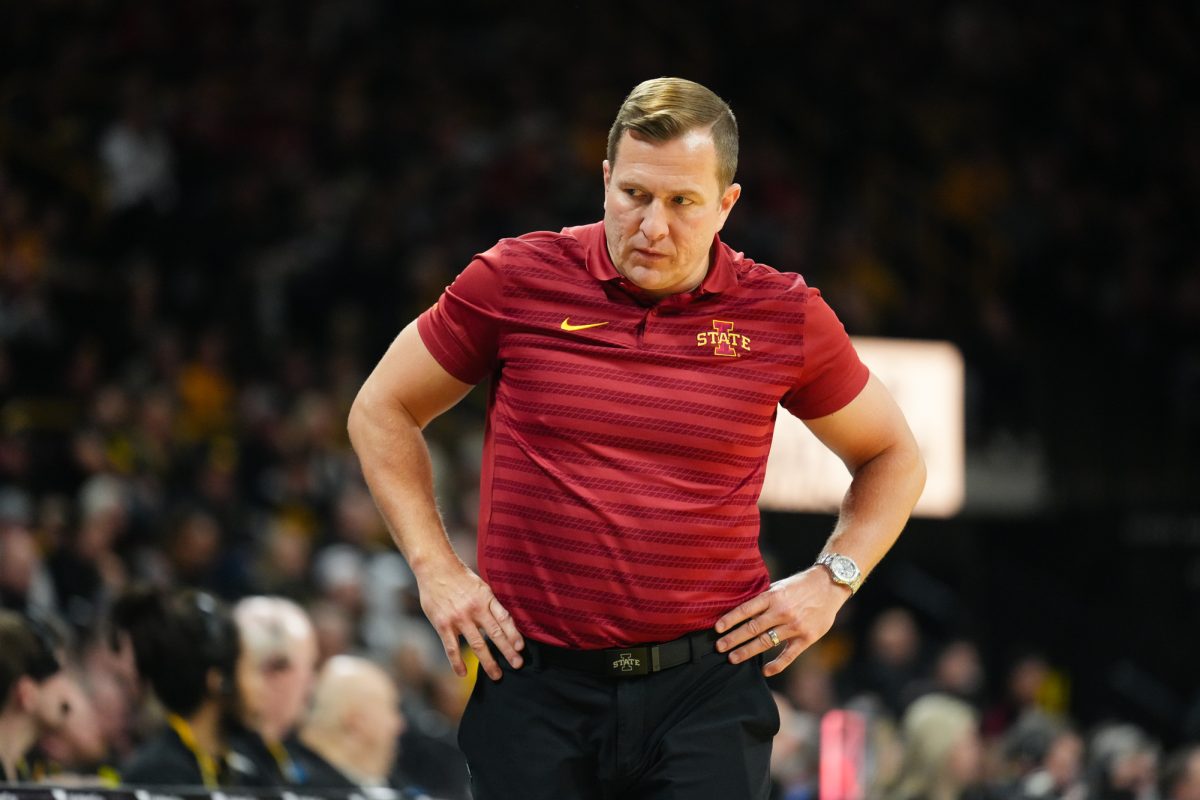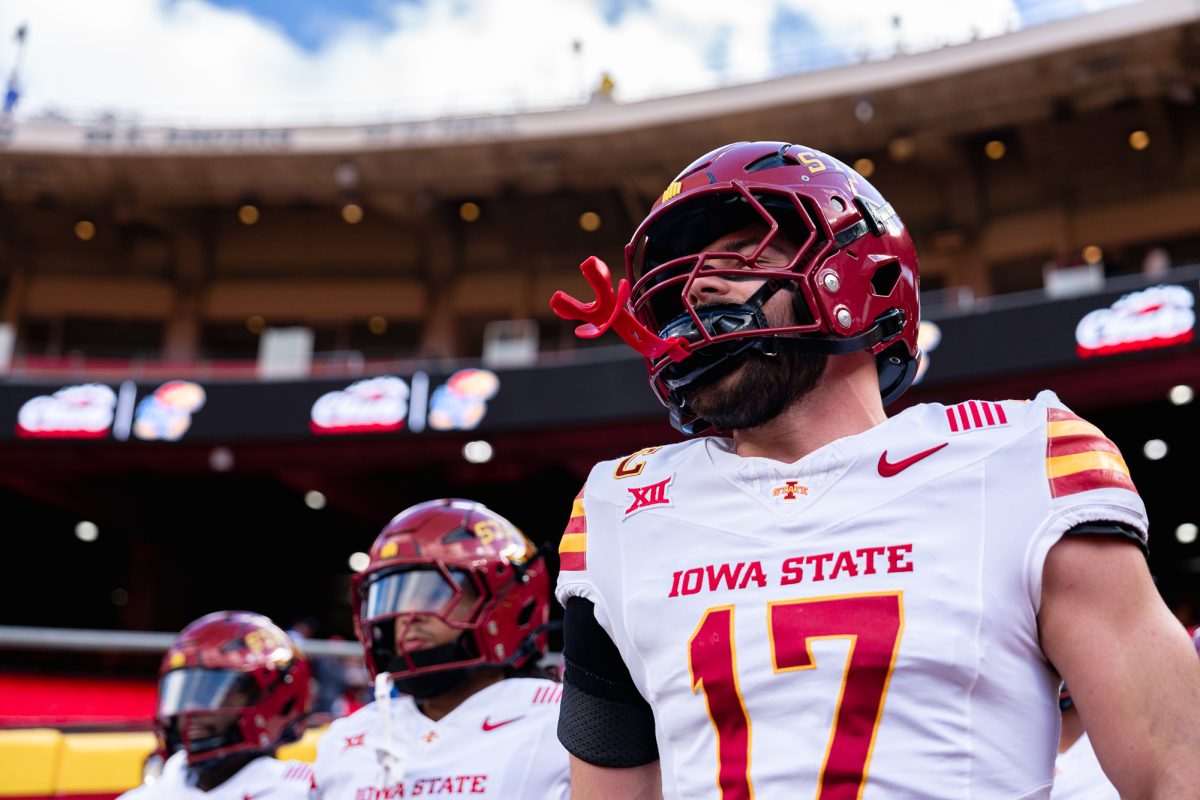International students find ups, downs
August 20, 2007
Two years ago, Ratandeep Gupta knew he was coming to the United States to study computer science. As an international transfer student from Lucknow, India,
Gupta is quickly adapting to a place of foreign concepts and different ways of life. Although he has been planning his transfer to America as a transfer student for the past two years, Gupta didn’t select Iowa State as his university of choice until late June.
Now, many would ponder the question – why come to Ames, Iowa, from a city of more than 2.5 million? For Gupta, the answer is opportunity.
“The level of education here is far better than any other in the world,” Gupta said. “Whenever I asked my friends that have gone to school here in America they said it was far better and much more flexible. In India, all the classes are fixed so you can’t take subjects of your choice.”
The excitement in the voice of the new Cyclone comes after a long, drawn-out process of obtaining the right to come to and study in America.
Between a slew of examinations such as the Test of English as a Foreign Language, better known as TOEFL, and other proficiency testing, international students are required to provide financial documentation showing that the first year of tuition and living expenses are covered in full. To go along with the previous requirements, an I-20 document, which is required by the Department of Homeland Security, and an F-1 student visa are also necessary steps in becoming a student in the United States.
When the paperwork and individual testing are completed, students are then put through customs in their home country and again when they arrive in America. At each stop, customs officials have the authority to turn the prospective student around and send them home if they feel as if their reasons for entering the country are improper.
James Dorsett, director of international students and scholars, knows the hoops that are thrown in the way of international students are just the beginning of becoming a successful student at Iowa State. After getting on campus, individuals have to break through cultural and financial barriers that have the potential to make heads spin.
“The biggest issues are the cultural differences and the finances,” Dorsett said. “These students are usually good students. On the whole, they come as well-prepared, or, in most cases, better prepared than American students academically in their particular major.
But, for some of them just being away from home and their families, their culture and their language is just something that is too big an obstacle to conquer.”
Dorsett said that once international students are able to break into the curriculum and mandatory full-time class load, their success rate is greater than that of American students.
“When it comes down to the general international students versus the general American students, I would say that international students are more successful because they are more serious and more dedicated,” Dorsett said. “They just don’t have as much room to mess up.”
As classes kick into full swing this first week of the new semester, many international students will be leaving their mark on the university.
By bringing their diverse culture to a fundamentally Caucasian population in Ames, students like Gupta will continue to pursue their dream of obtaining an education in the United States, specifically, at Iowa State.






